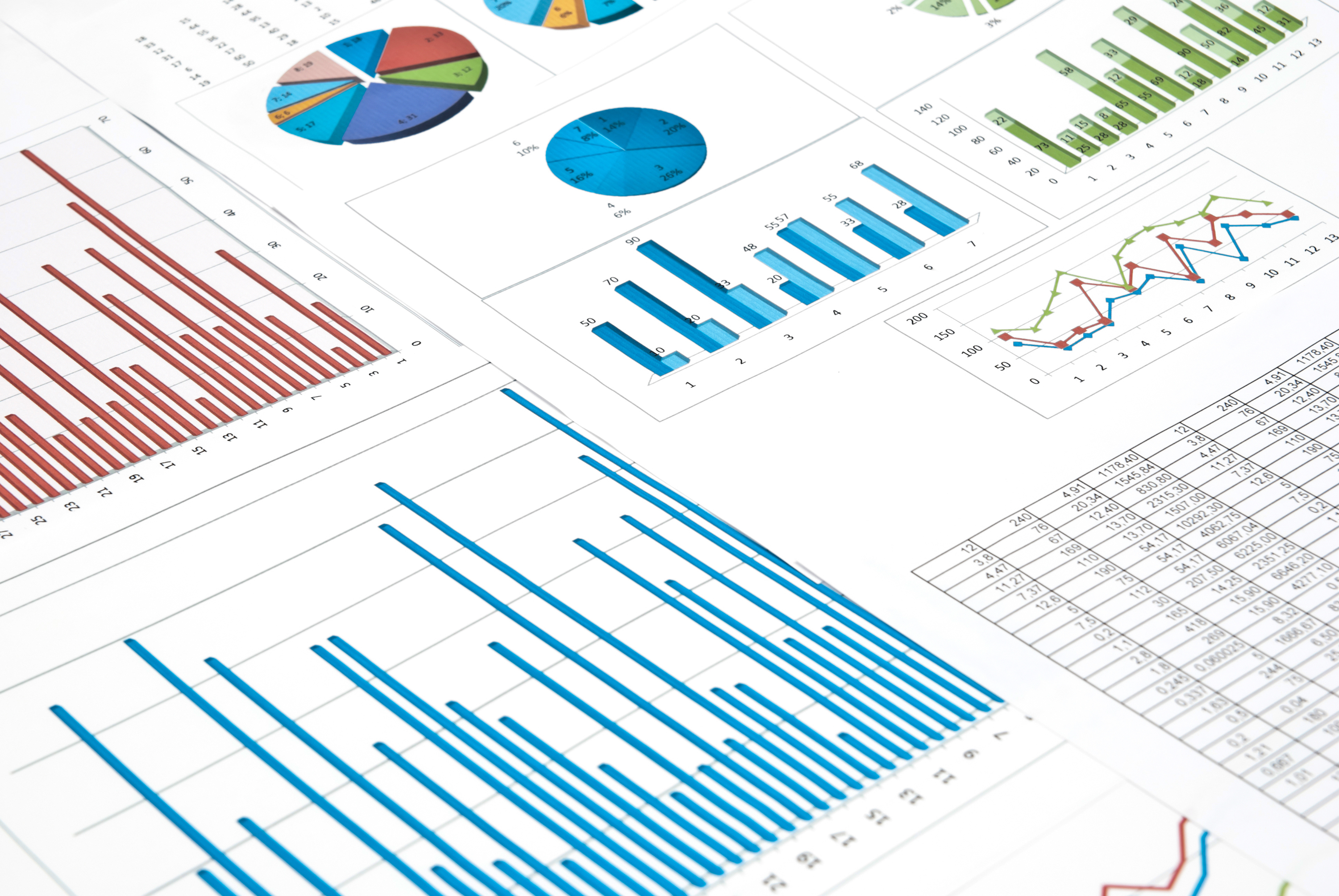New data tables and updated country background information for the 2019/2020 school year are now available on the Agency’s data web area.
The European Agency Statistics on Inclusive Education (EASIE) provide individual country data on education systems in participating Agency member countries. This data informs country-level work on learners’ rights issues connected to equity and participation in inclusive education.
The data collection is aligned with the Council of the European Union’s Resolution on a strategic framework for European cooperation in education and training towards the European Education Area and beyond (2021-2030). It is also in line with UNESCO’s Sustainable Development Goal 4, which requires countries to ensure inclusive and equitable education for all.
EASIE data is presented in two tables: one on all children/learners and where they are educated, and one on children/learners with an official decision of special educational needs and where they are educated. The data tables are accompanied by descriptive, qualitative country background information to give a clear context to the quantitative data provided. To view a country’s data, select the country name from the list on the Data tables and background information page.
Automatically-generated individual country reports are also available via the ‘View Country Report’ button on each country’s page. These reports include an agreed set of indicators, which are calculated from the information in the data tables. The indicators provide information on enrolment rates and identification rates of learners with an official decision of special educational needs in different forms of education.
An updated Guide to the EASIE data tables and country background information contains a list of definitions used during the EASIE data collection and provides an overview of the data collection process. It describes the specific data required, the aims of the data and what the data is used for.
A Cross-Country Report for the 2019/2020 school year dataset will follow.
